God’s existence for Japanese 日本人にとっての神様の存在

It is not clear how the Japanese interpreted God, but people in the Jomon period seemed to consider natural phenomena, such as lightning, earthquakes, and storms, as “the power of God.”
At that time, the Jomon people regarded God as a “customer” and could not be without “Omotenashi”.
日本人が神様をどのように解釈していたかは、明確ではありませんが、縄文時代の人々にとっては、雷や地震、暴風雨などの自然現象を 「神様が示す力」と考えていたようです。当時の縄文人は、神様を「お客様」と捉えていて、「おもてなし」をしなければいけない存在だったと言えます。
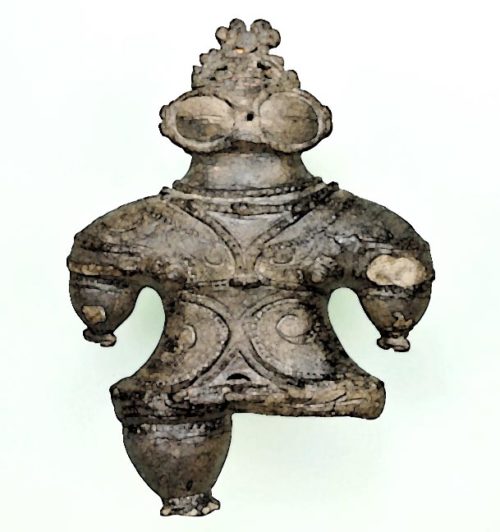
The clay figurine “Dogu” in the picture was used as a prayer or talisman during the Jomon period around 5,000 BC. To capture many animals, fish and nuts.
The Jomon period coincides with the civilizations of Egypt, India and Mesopotamia (4000 BC).
写真にある土偶は、紀元前5000年くらいの縄文時代に、動物や魚、木の実などがたくさん捕れるようにとの祈りやお守りとして使われていました。
縄文時代は、エジプト文明、インド文明、メソポタミア文明(紀元前4000年)の時代と重なります。
God of all things “Yorozuno-Kami“ 八百万の神
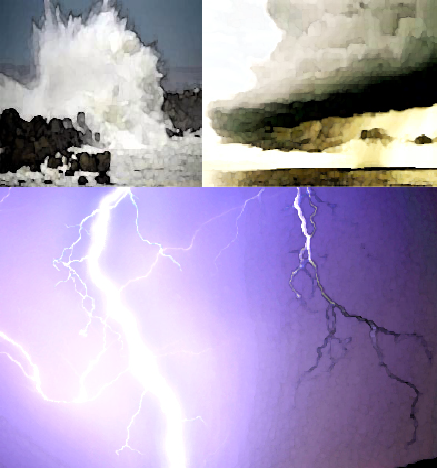
God was thought to live in natural phenomena, mountains, trees, rocks, and everything else (all things and phenomena that exist in the universe).
“Eight” means many, and for Japanese the god is not one, but is described as God of all things “Yorozuno-Kami“ which are countless things and phenomena.
神様は自然現象や山、木、岩など森羅万象(宇宙に存在する全てのものや現象)に宿るものと考えられていました。「八」は多数を意味するもので、日本人にとって神様は一つではなく、数え切れないほど多くのものや現象である「八百万の神」と表現されています。
Gods appearing in Kojiki 「古事記」に現れる神々
Kojiki, the oldest history book in Japan, is one of the books that conveys Japanese myths.
This is a book that has had a profound effect on existing Shinto shrines, the religious culture of Japan, “Shinto”, and religious deities worshiped.
Knowing “Kojiki” is very important in learning shrines and temples from now on.
to be continued
日本最古の歴史書である「古事記」は、日本神話を伝える神典の一つであり、現在ある神社で祀られている祭神や日本の宗教文化である「神道」に大きな影響を与えた書物です。「古事記」を知ることは、これから神社仏閣を学ぶ上で、とても重要です。
つづく



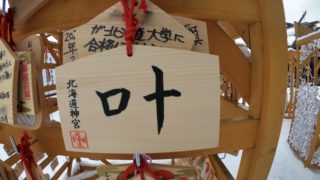
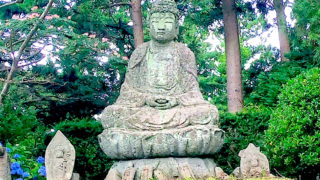
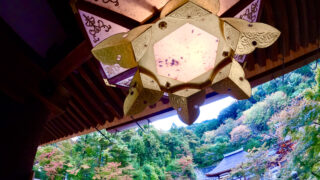

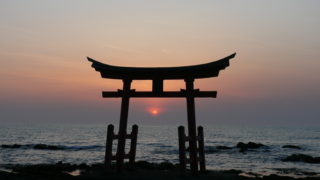
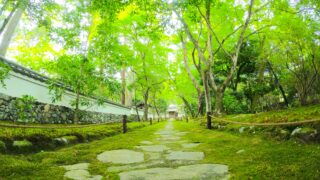
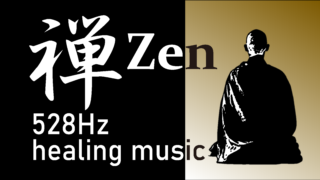
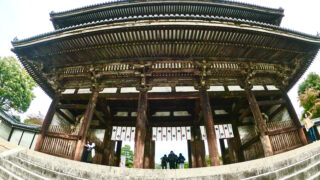

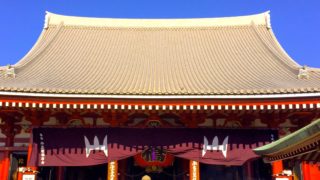

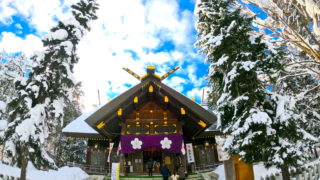

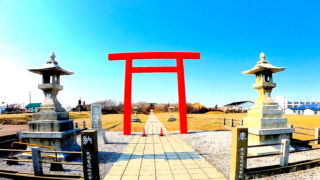

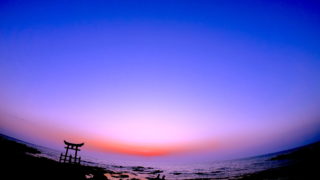




コメント